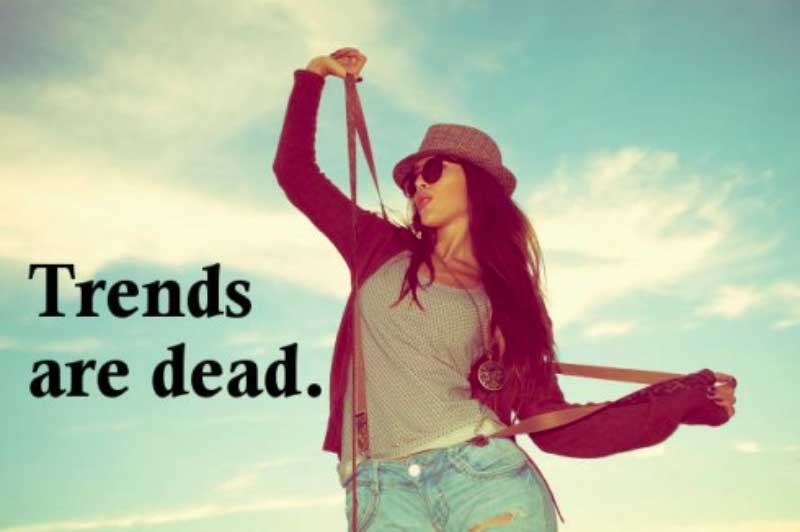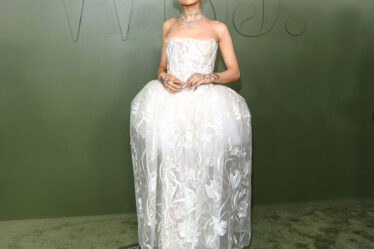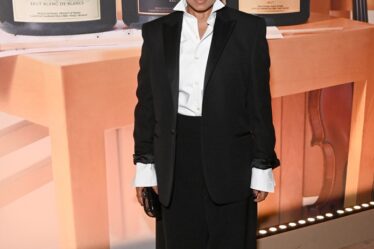

The frenzy of Fashion Month has now drifted far into our distant memories, and now that one has had the chance to recover from the whirlwind of clothes, shoes, and wispy models wearing oh-so-much fur, it’s time to decide what it all means. What was this season all about? What were the defining trends?
30-second summary:
- The concept of definitive trends has diminished, making personal style more important than ever.
- With a variety of styles showcased in fashion shows, there are no strict trends to adhere to look fashionable.
- The internet and fast fashion chains like H&M and Zara have made it easier for consumers to find diverse styles that suit their tastes.
- Designers now focus on finding their own voice and creating unique styles rather than following trends.
- Consumers have the power to curate their own styles, drawing inspiration from various sources, like blogs, Instagram, and Pinterest.
There are more trends than I could possibly keep track of, even when they were recently in my memory, as I go back to my notes and begin flipping through the shows.
If the industry-accepted “three’s a trend” rule goes, then almost everything is a trend (okay, maybe not those Comme des Garcon knitted monstrosities, but everything else).
From sneakers to platforms, from pleated trousers to skinny jeans, from midriff tops to cat lady layers, from miniskirts to midiskirts, there was a little of everything in every show. And if everything is a trend, doesn’t that mean that nothing is?
Famed Hungarian Countess Louise J. Esterhazy said, “The word trend has had it. There are no trends.” After viewing this season’s collections, she said, “I have concluded that fashion today is a bouillabaisse of everything.”
Trends were once like star maps. They were guides to the fantastical, unknown worlds conceived by designers each season. Vogue and Harper’s Bazaar articulated them.
We relied on trends to tell us what to wear and how to wear it in order to be considered en vogue. In the ’80s, to look fashionable, you wore silhouettes with big shoulders, and that was that.
Now it seems that there are no set, definitive trends that must be adhered to look cool. You can wear whatever you would like as long as you wear it with confidence and conviction (read: street style phenomenon).
A trend analyst with fashion consultancy Stylesight, Sharon Graubard, says that predicting trends is “more challenging every year” and that “with fewer ‘must-have’ items, retailers and designers have to try harder.”
It is no longer a mini-skirt or bust; people no longer fret about what’s in and what’s out. They are far more concerned with finding a shape that will flatter their figure and fit their lifestyle.
And thanks to the Internet and fast fashion chains like H&M and Zara, it’s easier than ever to find whatever you are looking for, whether it be a mini skirt or an embellished bell-shaped midi skirt, as seen at Louis Vuitton.
This shifts the pressure from the designer to the consumer. Instead of following trends, many designers now only care about finding their own voice and creating a style that is uniquely theirs.
Phoebe Philo’s collections for Céline articulate the same genre of style each season despite the movement of trends.
Now, consumers are called to do the same thing. To cultivate their own style by dabbling in whatever trends fit their authentic vision for themselves and leaving the rest by the wayside.
It is in the hands of the consumer to sift through the racks and racks of “trends.” Consumers are now called to not only consume but also curate.
We no longer only have Vogue to cull inspiration from. Rather, we go to our favorite blogs, our Instagram feeds, and our Pinterest boards for inspiration.
Vogue and all the other time-honored publications are now just small slices of the massive cake that is the fashion community.
Each slice of the cake offers its own perception of style, furnished with its own trends and must-have items. And this just does more to supersaturate the industry with individually diluted trends.
Without a solitary guiding voice, consumers are forced to decide for themselves what’s stylish and what’s not.
Trends are dead, and personal style is their successor. Democratic fashion gives the consumer power. And isn’t that how it should be?
We should be wearing what we want to wear. We should have the freedom to dress in whatever fashion we feel inclined to.
There is freedom in being able to feel trendy and fashionable in just about anything, with the only voice we have to answer to being our own. Does this make me feel great?
We may think in the morning. Is this articulating the message that I want the world to receive when I step outside?
In this day and age, anything really does go. Knowing that I can wear a skirt over a dress and white tennis shoes without drawing even a questioning glance makes my five-year-old inner child jump for joy. So, let us take the reins and run with this new power, wearing whatever the heck we want to.


